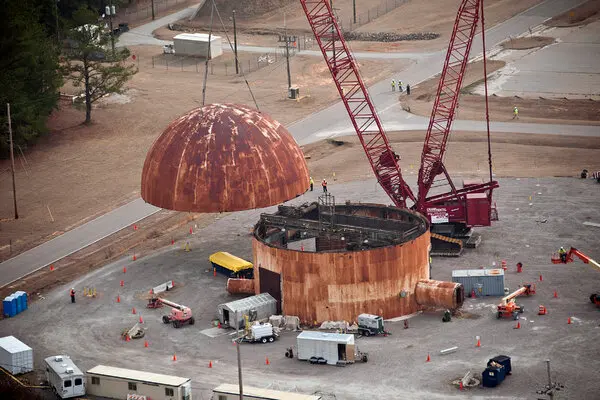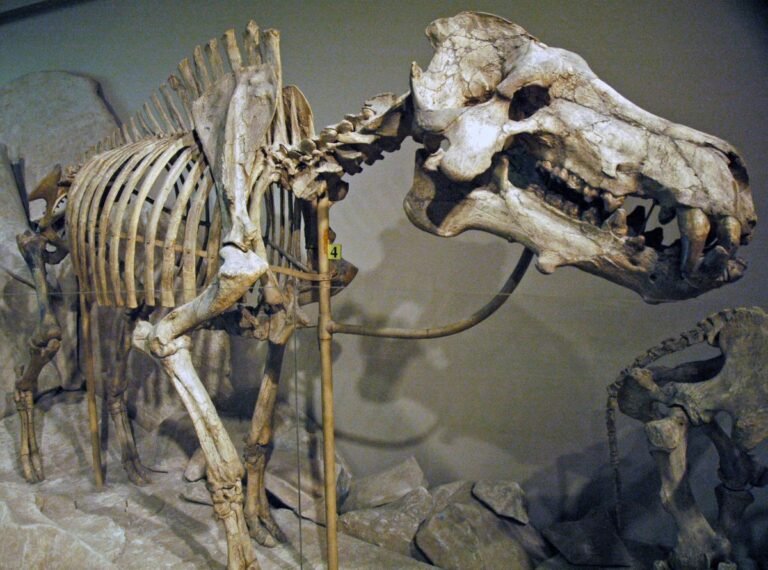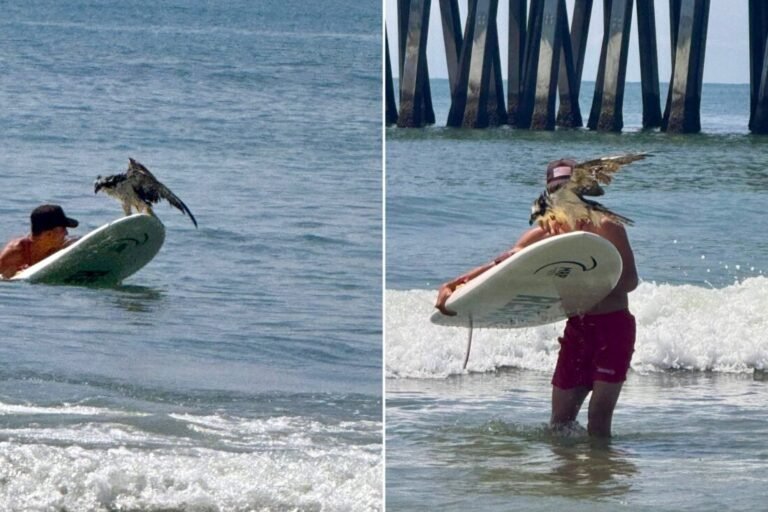Radioactive Wasp Nests at Savannah River Nuclear Site Raise Contamination Concerns
SOUTH CAROLINA — Federal officials have confirmed the discovery of four radioactive wasp nests at the Savannah River Site, a former nuclear weapons facility in Aiken, South Carolina. The revelation has prompted renewed scrutiny over long-standing environmental risks tied to the site’s Cold War legacy.
Radioactive nests raise red flags
According to a newly released report by the U.S. Department of Energy, the first contaminated nest was discovered near a nuclear waste tank on July 3. It was safely removed and bagged as radiological waste. Since then, three additional nests have been located during routine work at the site.
While the department states that the contamination levels are “very low” and pose no direct health threat to workers or surrounding communities, experts caution that the findings may point to undetected contamination that has persisted at the facility for decades.
“This is an indicator that there are contaminants spread across this area that have not been completely encased and protected,” said Dr. Timothy Mousseau, a University of South Carolina biologist who studies radiation-affected ecosystems, including in Chernobyl and Fukushima.
Legacy contamination from Cold War operations
The Savannah River Site, spanning 310 square miles near the Georgia border, was built in the 1950s to produce plutonium and tritium for hydrogen bombs. Though nuclear weapons production slowed after the Cold War, full cleanup of the facility has dragged on for years and is not expected to be completed until 2065.
Officials suggest the radioactive material found in the wasp nests likely comes from legacy contamination in soil or wood, rather than any recent leak or system failure.
“There’s some legacy radioactive contamination sitting around in the mud or bottom of lakes,” Dr. Mousseau explained, adding that wasps building nests from contaminated rotting wood could easily go undetected during standard inspections.
Potential environmental implications
While wasps tend to stay near their nests, limiting the immediate spread of radiation, the event raises broader concerns. Dr. Mousseau called the nests a “red flag” suggesting that more extensive environmental monitoring is necessary.
“The main concern relates to whether or not there are large areas of significant contamination that have escaped surveillance in the past,” he said.
This isn’t the first radioactive anomaly at the Savannah River Site. In 2017, bird droppings containing radioactive material were found on a rooftop at the facility, signaling that wildlife can carry contaminants far beyond the site itself.
Calls for more transparency and investigation
Though the Department of Energy has insisted there is no health risk, critics note the agency failed to publicly disclose specifics like the level of radioactivity and the isotopes involved. These details are critical to evaluating both the source and potential spread of contamination.
The absence of this data has renewed concerns from environmental scientists and watchdogs who fear that existing contamination is being underestimated or insufficiently tracked.
“We would like to know a lot more about what this actually represents,” Dr. Mousseau stated. “And whether there is any evidence of these radionuclides being moved through the ecosystem.”
Do you live near the Savannah River Site or have concerns about legacy nuclear contamination in your community? Share your thoughts with us at SaludaStandard-Sentinel.com and let your voice be heard.







